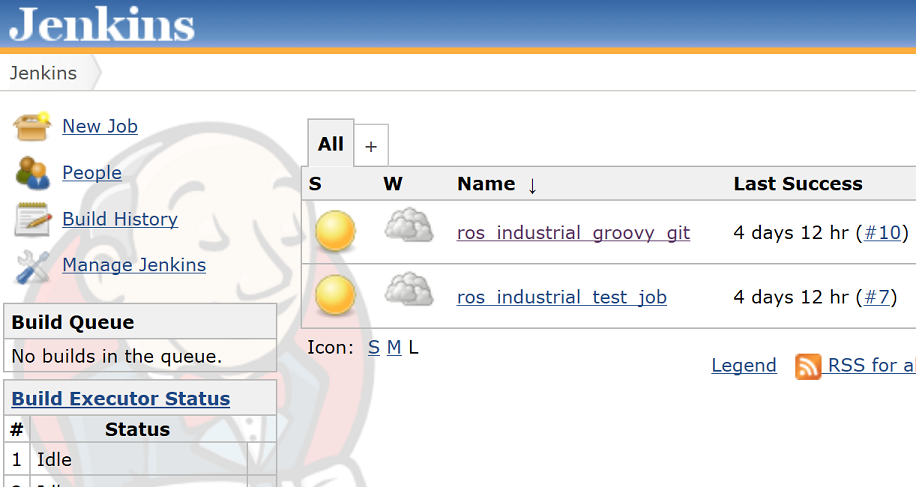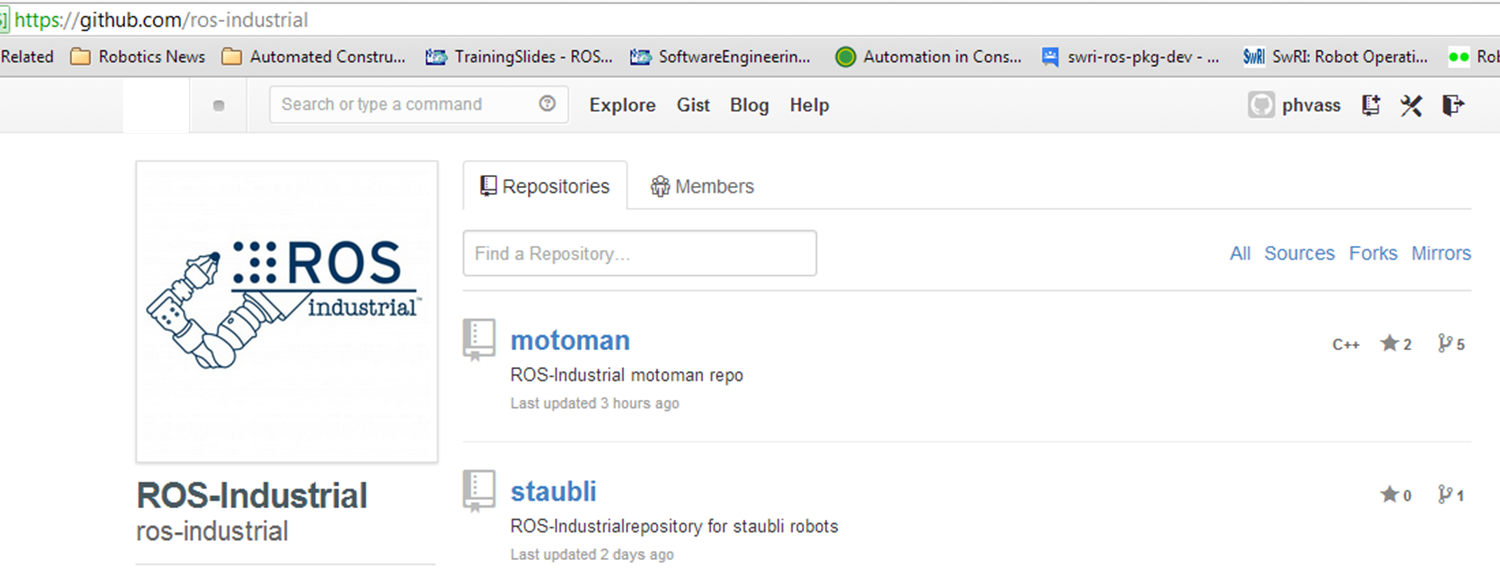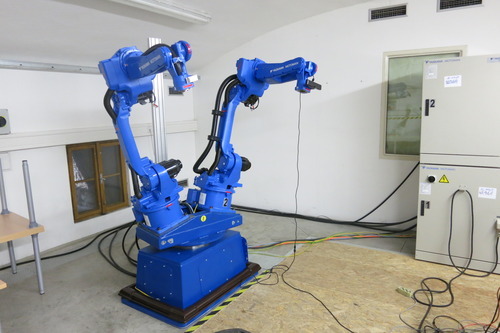Factory-in-a-Day
/Fraunhoffer IPA posted a press release about the Factory-in-a-Day project that was recently awarded by the European Union as part of the FP7 program Factory of the Future. The program technical goals are well aligned with the goals of ROS-Industrial, and ROS-Industrial technologies will be a key part of the implementation strategies. We expect to see some new capabilities pushed back to the ROS-Industrial repository as a result of the effort.
Factory-in-a-Day
Whether it is the packing and quality checking of fruit, the polishing of steel moulds or the filling of a spray-painting machine, all these processes have one thing in common: they are usually done manually. The reason for this is that no robot or automated process is available for these tasks that can do the job as well and as efficiently as a human worker. Currently, setting up a robotic system for these complex tasks can take months and the costs involved are prohibitive. SMEs usually only have small production batches due to seasonal on-off production, which means these large investments rarely pay off. State-of-the-art systems do not provide the flexibility they need to stay competitive in a global market. For these reasons SMEs in Europe hardly use advanced robot technology. Continue reading on Fraunhofer's website.
TU Delft, an active contributor to ROS-Industrial, is leading the effort. Here is a link to their announcement.




























